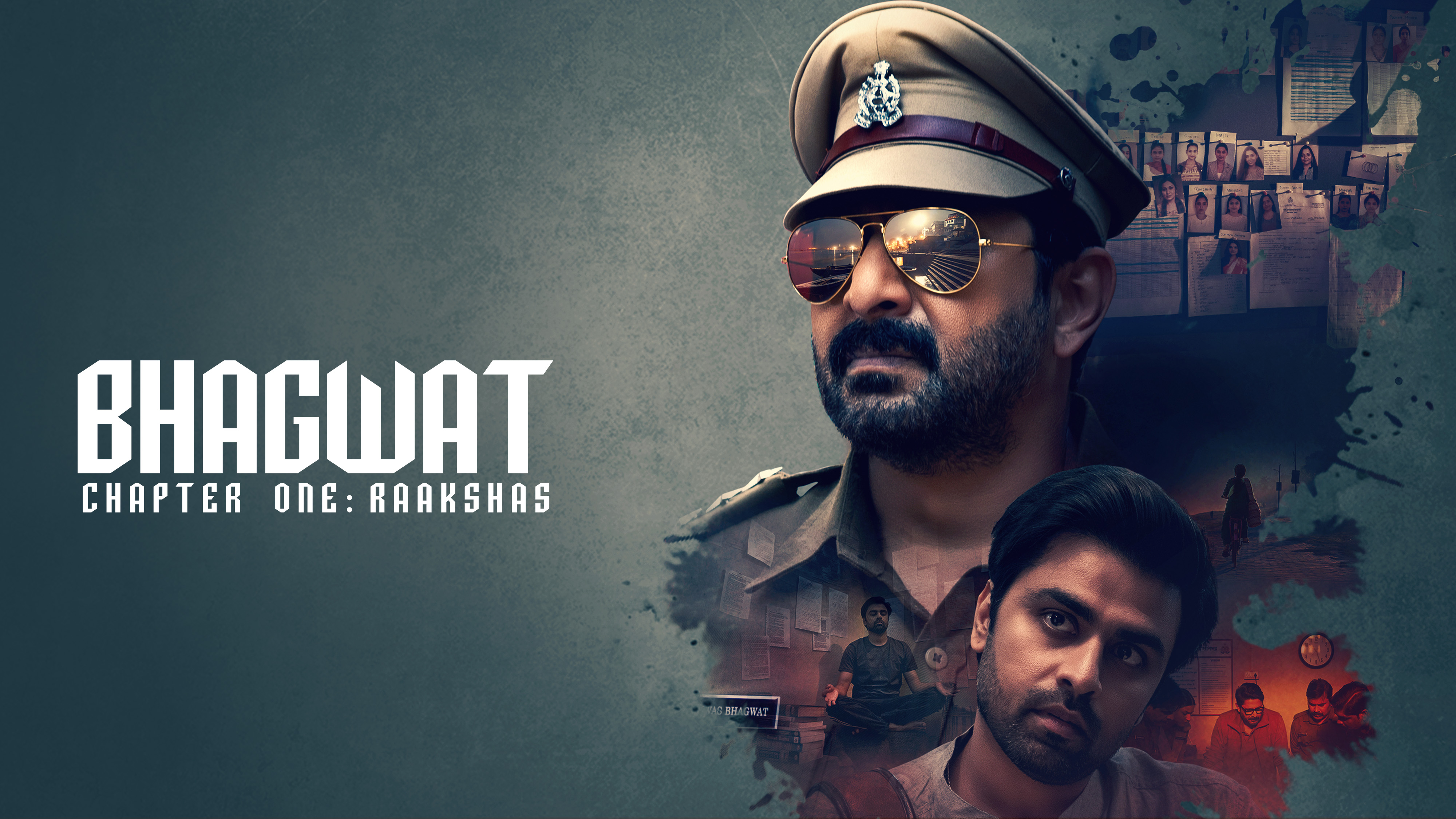The headline act of a stacked season
Every streaming cycle has a title that sets the tone for everything around it. In October, that role falls to Bhagwat Chapter One: Raakshas—a procedural-psychological crime thriller that prefers patterns over pyrotechnics. The premise is spare and sharp: a vanishing-girls investigation that scales from one file to a citywide map, led by a cop who trusts method more than volume. It’s the kind of film that doesn’t shout to be heard; it makes you lean in.
Before you dig in, anchor your watchlist smartly via one clean pass: the film’s Bhagwat Chapter One: Raakshas page, the broader movies hub, our thriller movies shelf for tonal neighbors, and performance context via Arshad Warsi and Jitendra Kumar filmographies.
Why this thriller belongs at the top of your queue
Three reasons, all about credibility. First, the film’s spine is procedural: timelines, geography, and the hard graft of standardizing witness statements. Second, it’s a psychological thriller by design—dread replaces gore; insert shots (phones, calendars, bus stops) carry narrative weight. Third, the casting flips expectations: Arshad Warsi repurposes comic timing into investigative pressure, while Jitendra Kumar swaps warmth for control. Together they create a room temperature that keeps rising even when nobody raises their voice.
How it complements the current ZEE5 thriller roster
ZEE5’s crime-suspense slate has broadened in texture—police-room dramas, investigative potboilers, and atmospheric slow-burners. Bhagwat Chapter One: Raakshas threads the needle between these modes. It offers the methodical satisfaction of a case file being rebuilt piece by piece, while sustaining the character-driven tension that rewards second looks. Where some thrillers lean on kinetic chases, this one leans on inference: what a suspect didn’t say, the time windows a routine exposes, the geographic “comfort zone” a predator rehearses. It’s complementary programming—not another loud entry, but a precision instrument.
Arshad Warsi’s reinvention: timing as a pressure tool
Warsi’s Inspector Vishwas Bhagwat is cut from quiet cloth: clipped questions, steady posture, a board that gets reorganized as facts accumulate. He weaponizes silence—leaving beats that invite suspects to fill the air and overtalk. That’s not just performance craft; it’s believable police work. In an ecosystem of thrillers, this credibility anchors the film and raises the floor for everything around it. You don’t wonder whether the cop could exist; you wonder how many cases like this one he’s already carried.
Jitendra Kumar’s pivot: menace by subtraction
Kumar’s Sameer is the opposite of theatrical. The much-circulated “baaz” (hawk) line isn’t bravado; it’s method. Hawks map and wait. The performance honors that metaphor: minimal movement, measured eye contact, and a refusal to perform villainy. When a thriller’s antagonist is precise rather than loud, the tension reads as real-world plausible. Within the ZEE5 lineup, that choice differentiates Bhagwat Chapter One: Raakshas from high-decibel entries and positions it with the more cerebral end of the spectrum.
Craft choices that travel well across the catalogue
-
Information economy: Quick inserts do story work—watch for recurring props and repeat locations.
-
Sound design over soundtrack: Atmosphere > anthem. You hear rooms breathe; you don’t get told how to feel.
-
Geography as logic: Streets and interiors are systems—entry points, blind corners, surveillance angles—not wallpaper.
-
Rewatch value: Because the film plays fair, second passes reward attention. That trait keeps a title sticky in “Continue Watching” rows and monthly recap lists.
Release cadence—and why it matters for discovery
The marketing beat (teaser → trailer → premiere) gives just enough time for theory threads without exhausting the mystery. That cadence also syncs neatly with platform discovery: users catch the trailer cutdown, sample a couple of similar thrillers from the shelf, then circle back to the premiere with the tonal context fresh. Bhagwat Chapter One: Raakshas is engineered for that journey.
Who should absolutely press play
Viewers who like assembling puzzles more than counting explosions. Fans of grounded police work. Anyone who enjoys a good face-off built on method vs. method—Warsi’s patient board logic versus Kumar’s hawk-eyed stillness. If your definition of a great crime thriller includes the phrase “this could happen,” this sits squarely in your lane.
How to watch smarter (and enjoy it more)
Two simple tricks. One: on premiere day, rewatch the trailer once and jot three hypotheses—perp profile, time window, and geographic comfort zone. Two: during the film, treat every insert like a breadcrumb. If you guess right, you get that earned-deduction high; if you guess wrong, the film shows its work and you still win. Either way, you’re engaged.
Quick facts that actually help
-
Title: Bhagwat Chapter One: Raakshas
-
Genres: Crime, Thriller, Psychological, Action
-
Language: Hindi
-
Lead cast: Arshad Warsi, Jitendra Kumar, with roles in brackets.
-
Positioning: Procedural mind mix; pattern outruns spectacle.
-
Why it fits the slate: It balances flashier picks with a slow, detail-led entry that rewards each rewatch
FAQ (short, no spoilers)
What sets Bhagwat Chapter One: Raakshas apart from other crime thrillers? It carries a procedural spine and a psychological focus. Film moves on timelines and behavior over chaos.
Is it mostly action or mostly investigation?
Mostly investigation; action is used surgically to serve the case.
Who are the lead actors?
Arshad Warsi as Inspector Vishwas Bhagwat and Jitendra Kumar as Sameer.
Is the story connected to future parts?
The “Chapter One” framing signals a world designed for continuation, with rules and relationships that can evolve.
What’s the viewing strategy to catch all the clues?
Treat inserts (maps, phones, calendars) as primary evidence and track repeating locations/time windows.
Is it suitable for rewatching?
Yes. The film plays fair with information, so a second pass reveals second-order clues.
Bio of Author: Gayatri Tiwari is an experienced digital strategist and entertainment writer, bringing 20+ years of content expertise to one of India’s largest OTT platforms. She blends industry insight with a passion for cinema to deliver engaging, trustworthy perspectives on movies, TV shows and web series.




